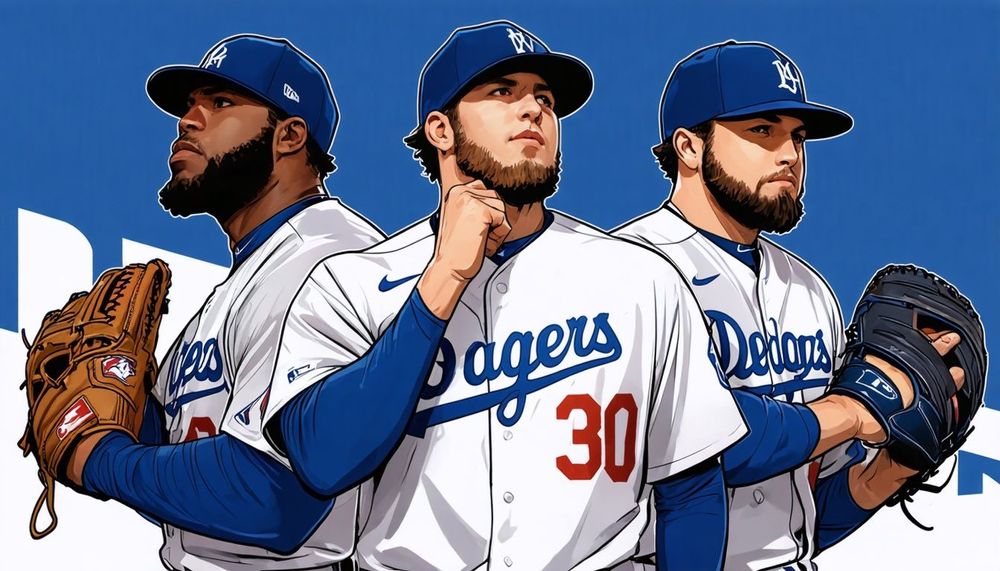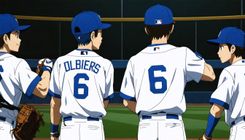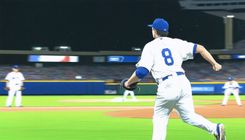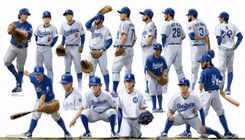Major League Baseball Trade Deadline: A Day of High-Impact Moves

As the Major League Baseball trade deadline approached, teams across the league strategized, hoping to bolster their rosters in a competitive landscape. With less than 36 hours remaining until the deadline, expectations for a quiet period surfaced. However, a flurry of impactful trades emerged, with notable players such as Carlos Correa, Mason Miller, Eugenio Suárez, and others dominating headlines and significantly influencing the dynamics of several franchises.
One of the defining moves of the deadline was the acquisition of right-handed pitcher Mason Miller by the San Diego Padres from the Oakland Athletics. Known for his electric fastball that typically exceeds 103 MPH combined with a formidable slider, Miller has been a standout performer in his limited MLB career, boasting remarkable statistics against opposing batters. In return for Miller, the Padres parted with a treasure trove of prospects, including highly regarded shortstop Leo De Vries, a coveted 18-year-old prospect. De Vries, ranked as one of the top prospects by MLB.com, could potentially shape the future of the Athletics as they continue their rebuilding efforts alongside other young talents acquired in the deal.
The Minnesota Twins faced a tumultuous trade deadline, impacted heavily by the ongoing shoulder injury of pitcher Pablo López. Following a promising start to the season, the Twins faltered after losing their ace and subsequently opted to move several players, stripping their roster. Despite an initial statement from Byron Buxton about his commitment to the team, the Twins dealt key players, including Carlos Correa, further signaling a transition period for the team. The Twins navigated these trades while retaining some core pieces, such as Joe Ryan, aiming to regroup and strengthen their future.
In New York, the Mets recognized the flaws within their bullpen and committed to adding depth to fortify their relief options. The acquisition of multiple notable rental arms, including Ryan Helsley, Tyler Rogers, and Gregory Soto, marked a strategic shift for the franchise. By enhancing their bullpen significantly, New York aims to optimize their chances during the postseason, despite relinquishing valuable prospects in the process. While the immediate impact of these trades could shape their playoff trajectory, the long-term implications on their farm system remain to be evaluated.
The St. Louis Cardinals, once positioned for a competitive push, shifted focus towards future planning as the trade deadline arrived. Despite speculation surrounding potential trades involving high-profile players, including Nolan Arenado, the Cardinals were unable to execute substantial deals due to no-trade clauses held by some of their key players. This lack of movement resulted in a subdued approach at the deadline, leading to a series of minor trades that ultimately failed to address their needs effectively.
As teams from various divisions made their moves, the Chicago Cubs and Chicago White Sox showcased contrasting strategies. The Cubs, competing for the best record in baseball, made some last-minute additions but failed to secure enough impact players needed for a deep postseason run. Meanwhile, the White Sox, seemingly on the brink of a rebuild, struggled to part ways with significant contracts, missing the opportunity to reset their direction. Their hesitance to engage fully in the deadline dynamics underscored a stagnation within the franchise.
In a remarkable turn of events, the Toronto Blue Jays acquired once-dominant pitcher Shane Bieber, providing the team with a seasoned arm that complements their already strong rotation. Despite injuring concerns, this trade positions the Jays strategically as they look toward the postseason. In acquiring Bieber for a moderate return, they continued their pursuit of excellence as contenders in the American League.
The Cincinnati Reds, initially rumored to be seeking offensive upgrades, instead opted for a different move, trading for third baseman Ke'Bryan Hayes instead of pursuing Eugenio Suárez. This decision reflects a calculated approach to strengthen their infield while grappling with offensive challenges. Meanwhile, the Seattle Mariners made significant strides by reacquiring Suárez, enhancing their lineup with his proven power.
The trade deadline illustrated the diverse strategies employed by MLB teams as they navigated the marketplace. Each decision had the potential to redefine franchises, whether through bold acquisitions or careful maintenance of future prospects. As teams assess their moves, the long-term ramifications will be carefully scrutinized as the season progresses.









